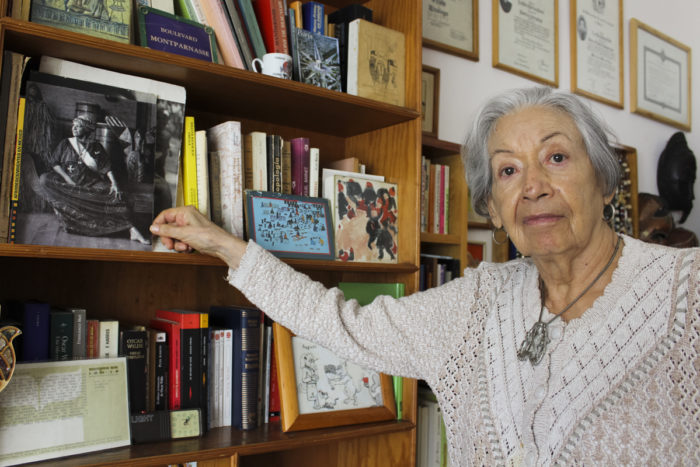“Please select one”: Growing up with a multiracial identityPosted in Articles, Asian Diaspora, Autobiography, Media Archive, United States on 2016-11-22 01:28Z by Steven |
“Please select one”: Growing up with a multiracial identity
The Seattle Globalist
2016-11-31
Jaya Duckworth, Senior
Garfield High School, Seattle, Washington
 Jaya Duckworth (second from right) and friends hold signs showing pride in multiracial identities at a school district-wide walkout in protest of the election of Donald Trump. (Photo courtesy Jaya Duckworth.) |
Race: Please select one”
It’s an instruction mixed-race people are all too familiar with. These days, surveys have become more nuanced, and usually read “select all that apply.” But growing up, I faced dozens of surveys, questionnaires, and tests that all made me choose one race.
As a half-white, half-Nepali child, I never knew what to select. Do I select white because I act like white kids and talk like white kids, go to school with white kids and have been raised like a white kid? Or do I select Asian because I look brown, because I eat curry, because on Christmas morning I always had to wait until puja was over at my Nepali grandparents’ house before I could open presents? White kids don’t do that, do they?
I usually ended up choosing “Other,” as if instead of being human, I was a stray dog; some lost object or animal that no one could categorize. Sometimes surveys also listed “multiracial,” which didn’t sit well with me either. The label feels like a message: here, these are the important races, and anyone who doesn’t fit these categories can be lumped together under the “mutt” category…
Read the entire article here.


